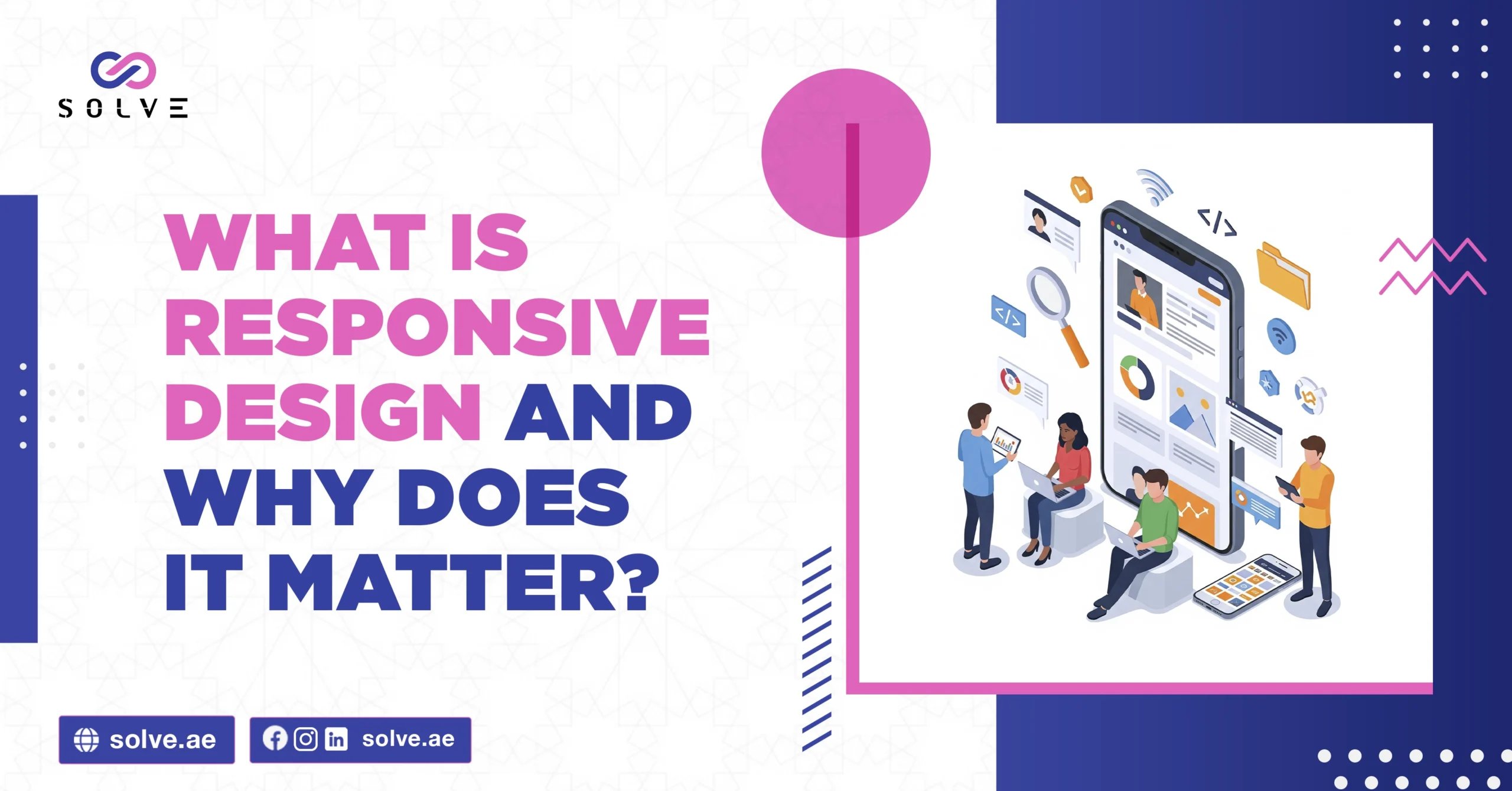- By Vanshika Choudhary
- June 10, 2025
Users from across the globe access sites through a myriad of appliances—from your phone to a tablet or a laptop to an outright desktop. Responsive design is a new-age approach to web development that makes sure that a website looks good and performs seamlessly on any device regardless of screen size. This way, it finally facilitates a smooth and pleasant user experience, especially when competing among online stores. Today, in this blog, we will be discussing what responsive design is, why it is important, and its benefits to users and merchants.
What Is Responsive Design?
Responsive design is a development approach in which web designers build an interface that responds and rearranges itself depending on the screen dimensions and the orientation of the viewing device. Thus, a single website can always maintain an option for ensuring the best possible experience for users.
Flexible Layouts Adjust to Screen Size
Flexible grid systems and layouts characterize the responsive website depending on the type of device. Such a feature ensures readability and aesthetic appeal for every bit of content irrespective of the screen size. If users are not required to zoom in and scroll sideways, then the process is more user-friendly and intuitively based on the needs of users.
Images, Videos, and other Media Adjust Appropriately
With responsive design, images, videos, and other media elements get automatically resized to the display of the device. This prevents images from being too big on a small screen or too small on a big screen. Thus, the website looks professional and is easy to navigate.
Mobile Navigation
Menu navigation systems and buttons must be designed to work well on touch screens. For example, a navigation bar might turn into a simple “hamburger” menu on a phone, allowing users to tap and locate what they want to find easily. This design idea removes hassles for the users and helps in keeping them on the site.
Why Responsive Design is Important
Responsive design was never just a passing craze; it has simply become an expectation in the contemporary digital setting. As mobile devices have become more popular for accessing the internet, it has hence become imperative to design websites operational on screens of all sizes.
Increasing Mobile Traffic
Mobile traffic is responsible for raking in over 50 percent of all website visits. If your website lacks responsiveness, you face the near-certain departure of sales; responsive design ensures that anyone and everyone can access your content with ease and enjoyment regardless of the device they choose to utilize.
User Experience Gets Better
Such websites create an ideal operation experience for their users, providing easy navigation and readable content that keeps visitors there longer, increasing the odds for a future visit. Positive user experience is very likely to convert visitors into real customers, who would carry out intended actions like filling out purchase or contact forms.
Sell Yourself!
In an overcrowded online market, having a responsive website is what differentiates you from all the competitors that may still be paying for the obsolete non-responsive design. Once you give them a better experience, you are in the limelight to attract, engage, and convert them into clients.
Some Prominent Benefits Offered to Users and Businesses by Responsive Design
Responsive design offers a lot of benefits, making it the right choice for a modern website.
Enhances Your SEO Rankings
Search engines give preference to mobile-friendly websites. Responsive design, thus, helps your website to gain visibility amongst search results, bringing in a good share of organic traffic.
High Loading Time
Responsive websites are expected to load quickly on any sort of device. A responsive website uses adaptive images and optimum coding to ensure immediate page loading even over slow mobile connections. Fast loading equals good user experience, hence lesser bounce rates and greater SEO rankings. Check out our latest blog post on How to Solve Cross-Browser Compatibility Issues in Web Development.
Cost and Maintenance Wiser
Maintaining a single responsive website is very easy and cheap compared to very expensive ones for separate sites for desktop and mobile users. This approach also lowers the chance for errors and inconsistencies to arise across the various versions of your site.
How Conversions Are Increased by Responsive Design
A capable, responsive site brings aesthetics onto the table alongside home-grown results, bumping up conversion and spread for the lesser-known brand.
Boosting Conversion Rates
It is far more likely for the end-user to take action when they are presented with the option to browse, shop, or get in touch with you easily on any given device. Continuity and ease of use build customer trust and encourage online sales, subscribing to newsletters, or requesting additional information—for great conversion and better business outcomes.
Increase Mobile Traffic and Engagement
With more users surfing the net on their phones, a responsive design will assist you in capturing this growing group. Given that mobile users stay longer on your website and actively engage with content presented there—if it is easy to use—their engagement will translate into leads and sales for your organization.
A Future-Proof Design
The responsive websites provide the ability to accommodate new devices and screen sizes arising with technology. In this case, you will never again have to redesign the site whenever a new phone or a new type of tablet hits the market. Your website will remain accessible and functional for a considerable number of years, thus saving your investment and time.
Easy Management and Analytics
Responsive design not only favors the user and business establishment but also enhances the management and analysis of your website’s performance.
Easier Maintenance and Updates
Additionally, It is just one site to maintain, and it is quite a quick and efficient update. Be it fixing a few typographical issues, inserting new content or changing the design clicks; doing it just once for even one thing saves time. And it further reduces the error-making risk of having to make several site edits.
Better Analytics Tracking
A single responsive site lets you track user behavior across all devices from one place. You have to gather data on how visitors use your site, which pages are being seen the most, and where they are dropping off. This intelligence will allow you to make informed decisions to enhance your site and marketing approaches.
Consistent Branding
Also, responsive design makes branding, colors, and messaging consistent across the board. This not only gives the business a professional and trustworthy image but could also help in forming solid relationships with the audience and, of course, reinforce brand loyalty.
Conclusion
Responsiveness is mandatory for any modern site. A responsive design aims at ensuring the site is beautiful and works smoothly on all devices to provide users with a pleasant experience and become an edge for the business. Contact us While offering other benefits like SEO, conversion, and ease of maintainability, as well as being future-proof, responsive design is a worthy investment for every organization.




